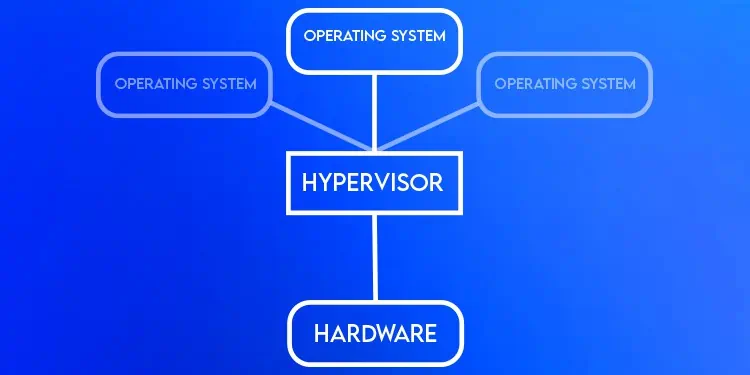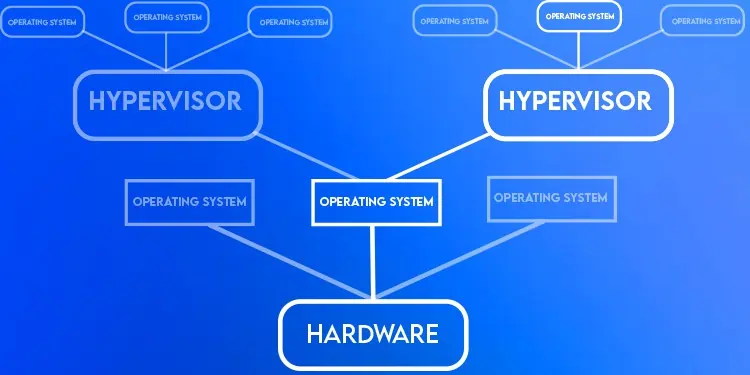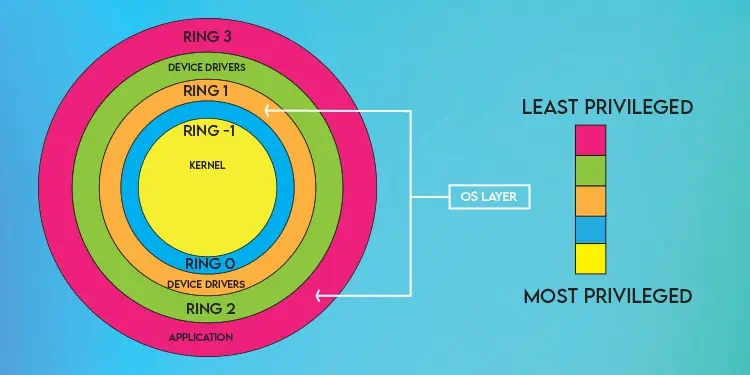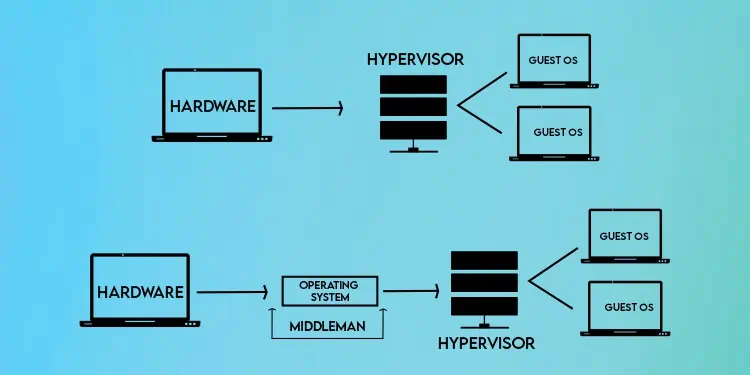A hypervisor runs on a physical host and partitions the host’s resources among various virtual environments. There are two types of hypervisors.
Type 1, or bare-metal hypervisors, are installed directly on top of the physical host or server. Type 2, or hosted hypervisors, instead have an OS layer between it and the physical host.
The way Type 1 vs Type 2 hypervisors perform virtualization, the resource access and allocation, performance, and other factors differ quite a lot.

As there are certain pros and cons to both types, picking the right one for your use-cases can be difficult, but this article should give you a better understanding to that end.
What’s a Type 1 Hypervisor?
As shown in the figure, Type 1 Hypervisors run on top of the physical host and interact directly with the hardware, with no OS in between, as Type 1 itself acts as an OS. Thanks to this, Type 1 Hypervisors have better performance, efficiency, and security.
However, they are also more complicated to set up, use, and debug for the same reason. After all, every Type 1 is different from the other in terms of working mechanisms, meaning more hours are required to familiarize yourself with the setup and system.

Additionally, devices required to run Type 1 Hypervisors must be specifically designed for virtualization, rendering them useless for any other purpose.
Some popular Type 1 vendors include VMware ESXi, Microsoft Hyper-V, and Citrix XenServer.
What’s a Type 2 Hypervisor?
On the other hand, Type 2 Hypervisors run on top of an OS layer. This makes them more prone to vulnerabilities, and the performance isn’t as good either compared to Type 1. But on the contrary, they are much easier to set up, use and troubleshoot.

Some popular Type 2 vendors includeVMware Workstation Player, Oracle VM VirtualBox, and QEMU.
How Are These Two Different?
Here are the main differences between Type 1 vs Type 2 Hypervisors:
Type 1 Hypervisors perform virtualization at the hardware level. Usually,Ring 0is the protection level with the most privileges as it offers direct hardware access.


